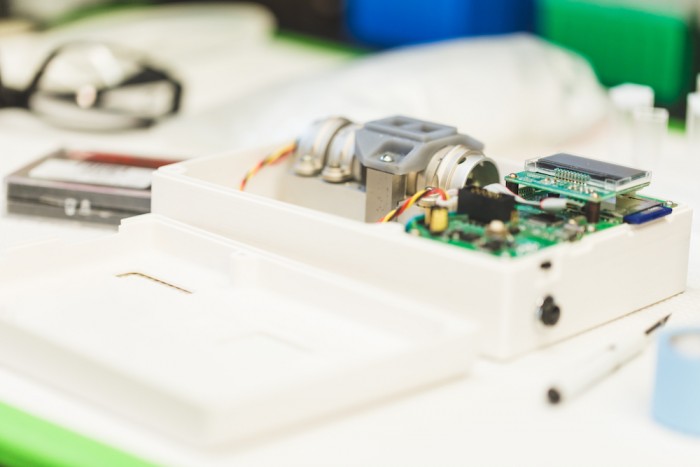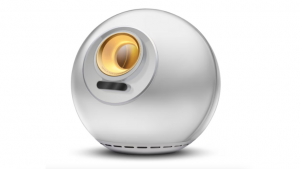From crisis-hit Venezuela to high-risk areas in Africa, the scourge of malaria continues to demand innovation if we’re to curb the spread.
In South Africa, a rise in Malaria cases was reported in three provinces including Limpopo and Kwazulu-Natal. In Venezuela, there was an estimated
406 000 cases of the deadly disease in 2017, up roughly 69 per cent from a year before.
According to the World Health Organization (WHO), it’s the largest increase worldwide.
Last November, the organisation reported that the global campaign against the mosquito-borne virus has stalled for the first time in a decade. This comes after the disease infected around 216 million people in 91 countries in 2016, killing 445 000. Around 90 per cent of these cases and fatalities in sub-Saharan Africa. Now, as the globe observes World Malaria Day, tech giants are ramping up their efforts to fight the disease.
“Although coverage of main interventions in endemic countries is increasing it falls short of universal health coverage targets. Humanitarian emergencies taking place in some countries are decreasing the capacity of malaria programmes and insufficient resources in high-burden countries are among the main challenges,” said Dr Jaouad Mahjour, acting WHO Regional Director for the Eastern Mediterranean, but without urgent action, the major gains in the fight against malaria could come undone.
The main resistance efforts in many malaria-endemic countries include insecticide, diagnosis and treatment, insecticide treated nets, and preventive medications for the most vulnerable groups. But there are some ways that design has come to the fore in an effort to devise more preventive measures.
Recently Microsoft co-founder and philanthropist Bill Gates backed gene-editing technology and satellite tracking as part of the fight against the disease despite ethical concerns.
Scientists can use CRISPR technology to alter DNA in everything from human medicine to livestock and crops. In mosquitos, they’re proposing that gene-altering can be used to induce infertility in malaria carrying populations to reduce their numbers.
The problem is that we don’t know the potential consequences of genetically engineered organisms in the environment, but speaking at the Malaria Forum conference in London, Gates said it’s worth the risk. “If there is one lesson we have learned … it’s that we have to keep innovating to control malaria, because conditions evolve,” he was quoted as saying.
But apart from global efforts, there are some innovations looking to make progress on the ground.
In the field of early-detection, a PhD student at MIT, John Lewandowski created a device that can detect malaria from a single drop of blood in 5 seconds. Called RAM (Rapid Assessment of Malaria), the device uses a magneto-optical detection method.
A person takes a finger prick of blood and inserts it into RAM by way of the cuvette. If there is a presence of the Malaria parasite in the blood, the magnets draw the iron crystals horizontally, diagonally or vertically. This creates definitive patterns of the pigment in the blood sample.
Next, the laser is shined through the blood sample measuring the percentage of light that passes through the sample. This helps to identify the pattern and ultimately accurately diagnose the disease and commence with the treatment appropriate to the severity of the disease.
If the malaria parasite isn’t present in the blood, no crystals will form. Although the technology is simple, detailed diagnostics and treatment determination must still be performed by a clinic or hospital.
The RAM is currently being developed by Boston-based Disease Diagnostic Group.
Within preventive care, Moctar Dembélé and Gérard Niyondiko created a cost-effective intervention called Faso soap. Made in Burkina Faso, the soap is made from accessible ingredients such as lemongrass, African marigold, and Shea tree.
It acts as a repellent on the skin and stops mosquitoes from developing in stagnant water. Dembélé and Niyondiko have one goal: to save 100 000 lives from Malaria by the end of 2018.
For more innovations read our round-up:
5 innovations in the fight against malaria | Design Indaba
The World Health Organisation (WHO) has declared this year's theme as "ready to beat malaria". But as noted in WHO's latest malaria report, the pace of progress in the global malaria response has stalled in recent years. About 15 countries, all but one in sub-Saharan Africa, together carry 80% of the global malaria burden.







